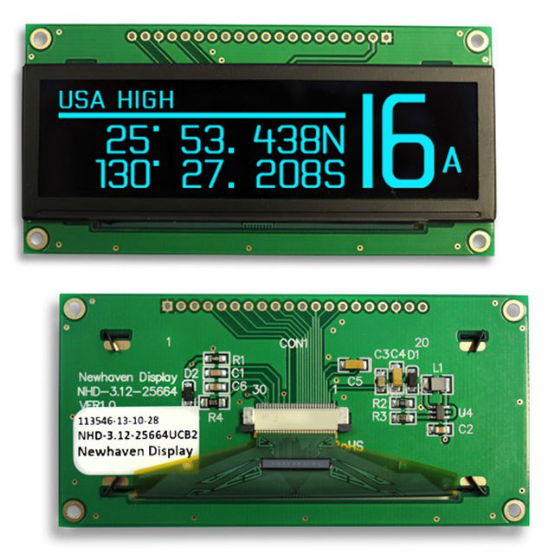OLED development
Among the many flat display technologies, if they are classified by a relatively simple method, they can be classified into "non-self-illuminating" and "self-illuminating". For example, liquid crystal displays with more mature production technologies are classified as "non-self-illuminating". Flat display technology, but the liquid crystal display needs a back light module to emit light, and the energy consumption is relatively large, which is also a place where it is criticized. Therefore, the "self-luminous" display technology that can be developed without the need for a back light module has become a key technology developed by the display industry, and the "OLED (Organic Light Emitting Diode)" is the most popular.
Development history
OLED belongs to the field of EL (Electroluminescence Module) and is a kind of self-luminous display technology. It mainly applies an electric current and injects a carrier into a semiconductor component with luminescent characteristics to achieve an illuminating effect. The semiconductor component in which EL is based on its luminescent properties is an organic compound material or an inorganic compound material, and can be classified into an organic EL (Organic EL) and an inorganic EL (Inorganic EL). Among them, organic EL is also called OLED. It is a kind of development of display monitors. It is generally considered that organic EL displays have advantages in resolution and service life, while inorganic EL displays are better in color.
This organic EL display technology originated from the luminescence produced by Pope and Kallmann in 1963 with the addition of a high voltage current to a single crystal of Anthracene molecules. In 1987, Kodak Laboratories used an evaporation method to fabricate an organic thin film module containing an electron hole transfer layer with an external quantum efficiency of 1% (luminance of 1000 cd/m), with greatly improved characteristics. It is highly regarded. On the other hand, the University of Cambridge uses molecular polymers as OLED luminescent materials. This component emits yellow-green light with a quantum efficiency of 0.05%. Due to its potential for development, CDT (Cambridge Display Technology) was established, and its OLED related technology was also called PLED.
In recent years, the number of manufacturers investing in OLED components has increased, and R&D speed has developed rapidly. In 1993, Pioneer announced the development of a high-brightness green panel of 100,000 cd/m2 with an external quantum efficiency of 3.8%. In 1995, Idemitsu developed a successful 16*16 pixel product and a presentation on the results of TDK's small full-color panel. In the same year, the polymer organic electroluminescent component also showed a small panel


